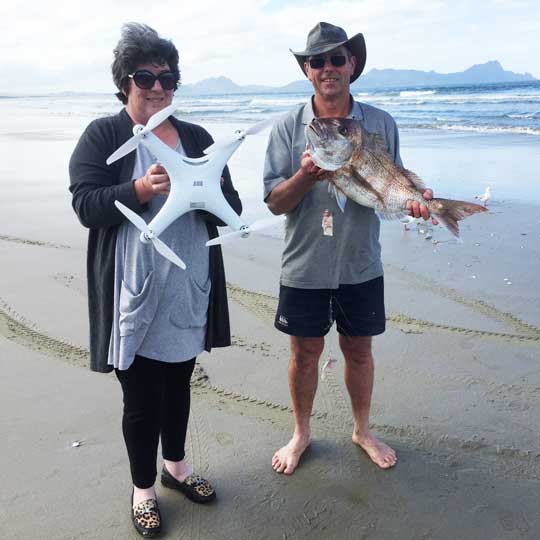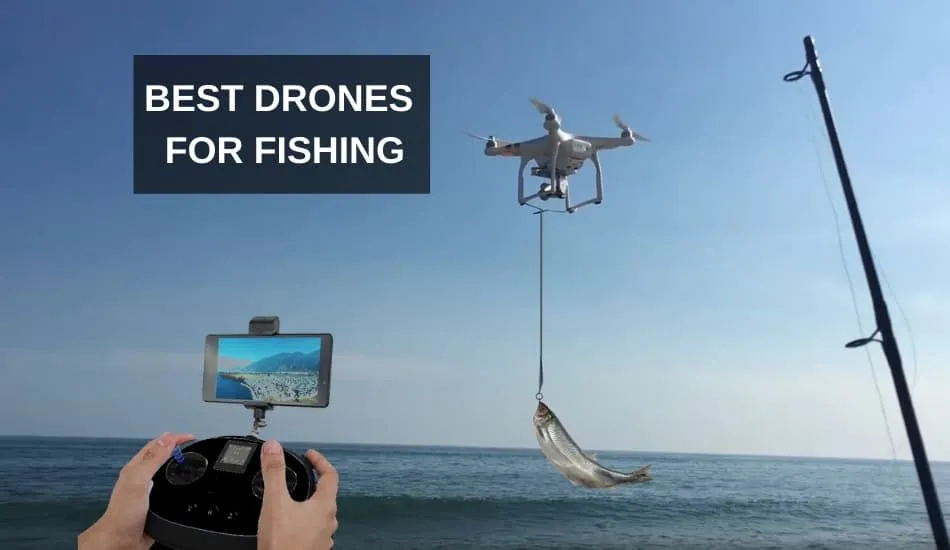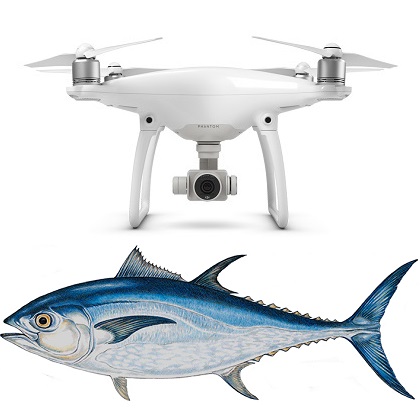
New Zealand has an exciting new method of fishing, drone fishing. This innovative new technique uses drone technology to open up new fishing opportunities. If you are interested in purchasing a fishing drone, you can buy a DJI or Splash drone from leading retailers like Drone Fishing NZ. Splash drones, GoFish cams, and custom-built fishing gears are all available.
Aerokontiki Drones
A Sharkan Fishhawk fishing drone is a great way to get a better view of what you are doing. The stabilized camera of the drone can take 12-megapixel photos as well as 4k UHD videos at 30 frames per seconds. You can even view the videos directly on your smartphone. The drone offers a range of good transmission and flight time, as well as a spare batteries that can be charged.
Mobula
Mobula drones were specifically created for fishing. The drone is buoyant, IP56-rated, and can survive up to 20 knots wind. It also comes with safety features like automatic return to the home, automatic payload delivery, and 3 release mechanisms. It will also automatically return to water if it runs low on battery so you don't need to worry about losing it.
Banks'
The popularity of fishing drones has increased, drawing the attention of anglers as much as those who are interested in it. The downside to using a drone is its potential hazards. A drone is not designed to fish in deep water. A second problem arises when a drone crashes in the same location a second time. If that happens, you can't always trust the information you get from the video.

SplashDrone 4
Swellpro has designed the SplashDrone 4 with a brand new float platform for water sports and recreational purposes. It can be used to fish and other water activities. The drone is made of corrosion-resistant materials as well industrial-grade ABS to withstand harsh conditions. Smooth+ technology, which is a patented SplashDrone 4 flight control system, allows the user to have complete control of the drone. This helps it stay stable in any condition. The drone's advanced technology allows it capture every angle and every moment in the sky.
Drone for Fisherman
New Zealand Fisherman Drone Fishermans are in for an amazing treat. Snapper is a sought-after species for drone fishermen. They are beautiful and tasty, making them a delight to catch. These fish can be found off the coasts of the North and South islands, and they often congregate in large numbers during springtime during their spawning season. These fish are available in summer as well as fall, so you can catch them all year.
Flying a drone
If you're planning to fly a drone for drone fishing in New Zealand, there are several guidelines you should follow to ensure your trip is a success. First and foremost, you should know the law. It's illegal to fly a drone over any marine life or within 500 meters of a marine mammal. Also, be aware of where you're flying your drone. You don't want it to get stolen or damaged.
Payload for a drone
A drone can be used for fishing. However, you need to consider the payload. A drone must have enough payload to carry heavy fish and be able to fly for extended periods of time. If you're only going to use your drone for a few minutes, you'll probably catch too few fish to make the experience worthwhile. The technology behind drone fishing in New Zealand has improved.

FAQ
Is it safe to drive while flying a drone?
Flying a drone while driving is dangerous because you could crash into another vehicle or object. You may also run into pedestrians and other animals. In addition, you could damage your car by hitting power lines, trees, or buildings.
How can I keep drones away?
Drones are becoming more common for home surveillance. However they can also be a threat to privacy or security. Install motion sensors on your property to detect any unapproved flying objects. This will help you avoid being attacked by drones.
What US states do drones are legal in?
You can legally operate a drone for hobby purposes. The Federal Aviation Administration (FAA), has established guidelines that allow the use of small unmanned aircraft systems (UASs). These UASs must be registered with the FAA before they can be flown. If certain conditions are met the FAA will allow commercial operators to fly these drones.
Statistics
- According to ZipRecruiter, the minimum hourly wage of drone pilots is $20. (thedroneu.com)
- Research and Markets predict a growth rate of 51.1% over the next five years. (thedroneu.com)
- According to Indeed, a drone pilot gets paid $25.73 per hour on average in the US. (dronesgator.com)
External Links
How To
How to Fly Drones With Beginners
A drone can be used to fly remotely controlled aircraft for photography, surveillance, scientific research, hobby and commercial purposes. Drone technology has existed since World War II. DJI's Phantom quadcopters became commercially available in 2010. From beginner-friendly drones such as Parrot AR Drone 2.0 through professional-grade multirotor craft like DJI Mavic Pro, many types have been available.
There are many ways to fly a drone.
-
Remote control - This allows you to control the drone from your hand. There are two main types of controllers: On/Off switches (like a radio) and joysticks.
-
Manual Control - Using a smartphone app, this method allows users to remotely operate the drone via GPS coordinates. The app will provide instructions and help you to locate the drone.
-
Autonomous Flying - This allows the drone to take over all of the piloting duties. It is basically flying autonomously and without human intervention. To enable autonomous flight, the drone should have a built in camera and sensors capable recording images and data.
-
Triggered flight - This is similar to manual control except that the pilot sets up a preprogrammed route and the drone follows the route until it reaches its destination. The drone automatically lands once the route has been completed and returns to the base.
-
Landing Gear – Some drones are equipped with landing gear, which allows them to safely land if they lose power during flight.
-
Goggles - Pilots may wear goggles to shield themselves from flying debris.
-
Camera – Some drones have cameras, which allow you to take photos or videos from up high.
-
Obstacles - Some drones can be equipped with obstacle avoidance systems that prevent them from crashing into obstacles.
-
Speed - Drones can reach speeds up to 40 mph.
-
Battery Life - Most drones can last between 20 minutes to 3 hours, depending on how much power you're using.
-
Range - Some drones can travel upto 30 miles depending on their models.
-
Power source – Some drones require external power sources, others require internal batteries.
-
Weight - Some drones have a weight of less than 1 pound and others weigh 4 lbs.
-
Size - From small drones that can be carried in the palm of one's hand to larger drones that weigh over 50 pounds, drones come in a variety of sizes.
-
Price - All drones fall within a specific price range, from high-end models that can cost thousands of dollars to lower-cost options starting at $100.